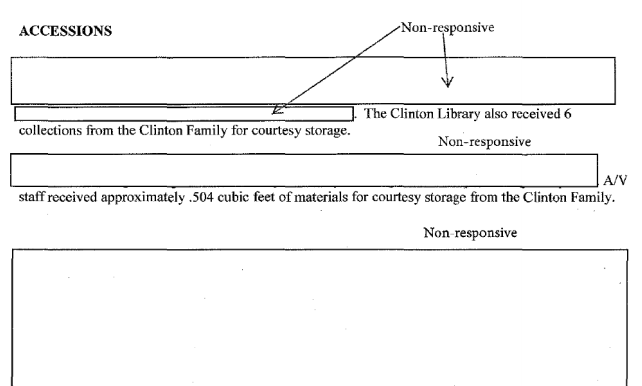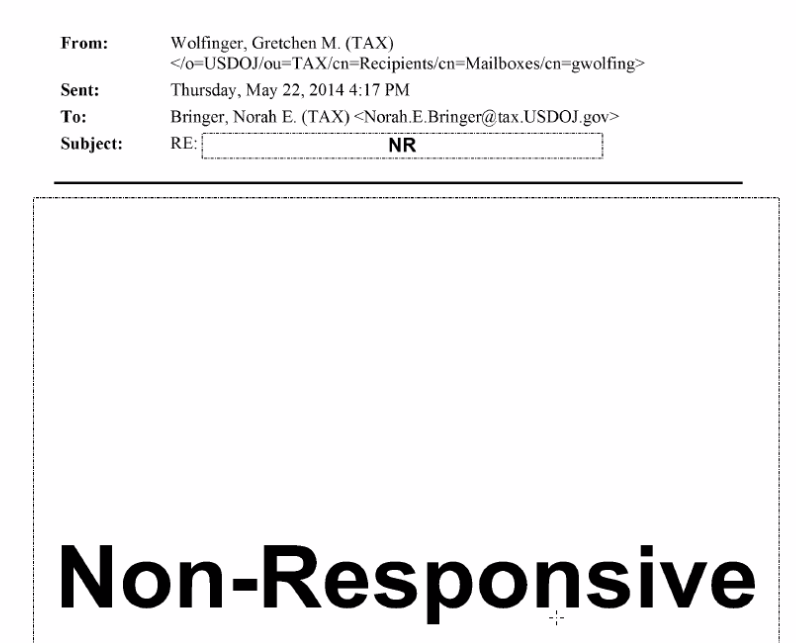Appearing on Fox News this week, Counselor to the President Kellyanne Conway encouraged people to “Go buy Ivanka’s stuff, is what I would tell you . . . I’m going to give it a free commercial here, go buy it today.” Many government watchdogs, including us here at the Cause of Action Institute, perked up upon hearing this. There are, of course, very strict rules prohibiting the endorsement of products by government employees. In light of those rules, Ms. Conway’s comments seem like a clear violation. Indeed, many attorneys and ethics experts on social media have chimed in. Chris Lu, former Deputy Secretary of Labor under Obama, tweeted “This is the federal ethics law that @KellyannePolls just violated” and linked 5 C.F.R. § 2635.702. Norm Eisen, a fellow at Brookings, retweeted with the comment, “Exactly right!” Most importantly, Don W. Fox, former OGE general counsel and former acting director, claimed in the Washington Post that “Conway’s encouragement to buy Ivanka’s stuff would seem to be a clear violation of rules prohibiting misuse of public office for anyone’s private gain.” Citizens for Responsibility and Ethics in Washington (“CREW”) just filed a formal complaint about Conway’s conduct, citing § 2635.702.
I too reacted in the same way. I’m familiar with those OGE rules, and it clearly seemed like Ms. Conway broke the law. But, upon a closer look, I’m not so sure she was in violation of the regulation cited by Mr. Lu and CREW’s ethics complaint. Here’s why. The relevant regulation, § 2635.702, bars an “employee” from engaging in product promotion. 5 C.F.R. § 2635.102 defines employee as “any officer or employee of an agency, including a special Government employee.” So, the next question is: “what’s an agency? Is the White House an agency?” For that, let’s look at 5 U.S.C. § 105, which reads “For the purposes of this title, “Executive Agency” means an Executive Department, a Government corporation, and an independent establishment.” Right off the bat, we can cross off “Government Corporation.” “Executive Department” is defined by an exhaustive list in 5 U.S.C. § 101. The White House isn’t on there. That leaves only “independent establishment” as the last potential category.
Unfortunately, whoever wrote the regulation defining independent establishment didn’t do a very good job. It basically reads that “an independent establishment is an establishment which is not part of an independent establishment.” It’s a horribly unclear and ambiguous definition. Thankfully, the D.C. Circuit tackled this in Haddon v. Walters, 43 F.3d 1488 (D.C. Cir. 1995). In that case, the court was trying to decide whether or not the Executive Residence qualifies as an independent establishment. Here’s the key language:
First, we note that elsewhere Congress has used the term “independent establishment” in distinction to the Executive Residence. Specifically, Congress has authorized “[t]he head of any department, agency, or independent establishment of the executive branch of the Government [to] detail, from time to time, employees of such department, agency, or establishment to the White House Office, the Executive Residence at the White House, the Office of the Vice President, the Domestic Policy Staff, and the Office of Administration.” 3 U.S.C. § 112 (1988) (emphasis added). That Congress distinguished the Executive Residence from the independent establishments, whatever they may be, suggests that Congress does not regard the Executive Residence to be an independent establishment, as it uses that term.
Haddon v. Walters, 43 F.3d 1488, 1490 (D.C. Cir. 1995)
Basically, the court is saying that Congress clearly referred to “independent establishment” and the “Executive Residence” as two separate things. Right next to it on that same, distinguished list is the “White House Office.” Thus, according to the D.C. Circuit’s reasoning, the White House Office also is not an independent establishment. Because the White House clearly does not fall into the other 2 covered categories, Government Corporations and Executive Departments, it appears that the regulation cited by many of these commenters, including the former general counsel of OGE, does not cover Kellyanne Conway as Counselor to the President.
Now, this doesn’t excuse what Ms. Conway said. Her conduct clearly falls short of the standards expected of White House employees working on the taxpayer dime. It is wholly inappropriate to endorse a product in the fashion she did, especially since she has a relationship with the beneficiary. But against OGE’s ethics regulations? Unclear, leaning towards no.
UPDATE, 3.2.2017
Shortly after the above post, we sent a letter to OGE inquiring about what legal authority the agency was asserting over Kellyanne Conway. After combing both OGE’s letter to Congress and its letter to the White House, we didn’t see any citations that got them around the “independent establishment” problem we discussed in our blog post.
Much to his credit, OGE Director Walter Shaub replied promptly to our letter. He directed us to 3 C.F.R. § 100.1, which reads “Employees of the Executive Office of the President are subject to the executive branch-wide standards of ethical conduct at 5 CFR part 2635, and the executive branch-wide financial disclosure regulations at 5 CFR part 2634.”
At first glance, one might think this is a problem, as the issue we flagged was statutory and, certainly, a regulation cannot amend a statute. However, the statute matters because it is incorporated by the regulation to serve as a definition. That very same agency, therefore, could promulgate another regulation expanding the definition for certain covered actions.
This is the first time OGE, or any authority, for that matter, has cited this part of the regulation, extending coverage to Kellyanne Conway. While this does not cure the issue of many OGE regulations not applying to White House personnel, as the White House itself notes, it does seem to resolve the matter at hand.
Have any questions or criticisms? Think I might have missed something? Please give me an e-mail at eric.bolinder@causeofaction.org. I’d love to hear from you. I’ll try to share and address any appropriate comments in a future blog post.
Eric Bolinder is counsel at Cause of Action Institute


